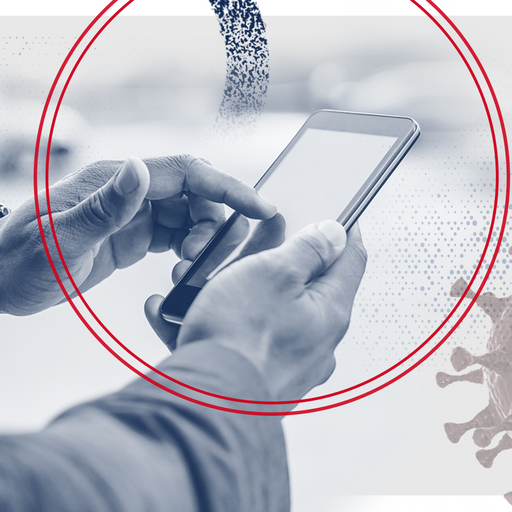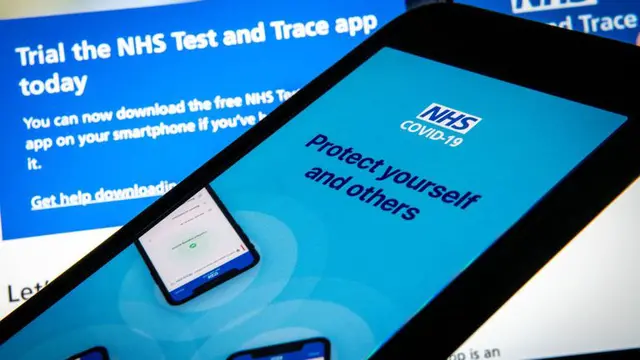Many iPhone users are experiencing issues with getting the NHS COVID-19 app to launch on their phones.
People have been reporting over the past week that the app does not load, with it instead becoming stuck on the blue screen with the NHS logo.
The NHS has published a
workaround
for the glitch, advising iPhone owners to make sure they have the latest version of the Apple iOS software.
If that fails, the guidance says to reset Location and Privacy in Settings.

Contact tracing apps: The problems potential
The NHS has not explained the cause for the glitch or when it will be fixed, while Apple doesn't believe the issue is at its end because other countries' apps are running smoothly.
Some iPhone users are also reporting the app no longer works after installing the update.
One Twitter user wrote: "After installing the update the app will no longer open on my phone, it just gets stuck on the loading screen with the NHS logo."
Offering advice to another user experiencing the same issue, the official Twitter account for the NHS COVID-19 app said: "If you've recently upgraded to an iPhone 12 and are seeing an error with the NHS COVID-19 app, you may need to manually turn on Exposure Notifications in your settings."
Other iPhone users have advised people to delete and reinstall the app to get it to work.
The Department of Health and Social Care said it was aware of the problem.
It said in a statement: "The app is still scanning, even if the screen appears blue.
:: Subscribe to the Daily podcast on Apple Podcasts, Google Podcasts, Spotify, Spreaker
There are simple steps iPhone users can take to resolve this issue, which are set out on the app's website, and work is underway to identify the cause.
"Users experiencing this issue should make sure their Apple iOS is updated to the latest version of the software."
Earlier this month, an error with the NHS COVID app left
tens of thousands of people unaware
that they were exposed to coronavirus and needed to self-isolate.
While the technology should have been recognising people as having been in close enough proximity for a transmission, it had instead recorded that they were too far away for the virus to be passed between them.
 简体中文
简体中文



